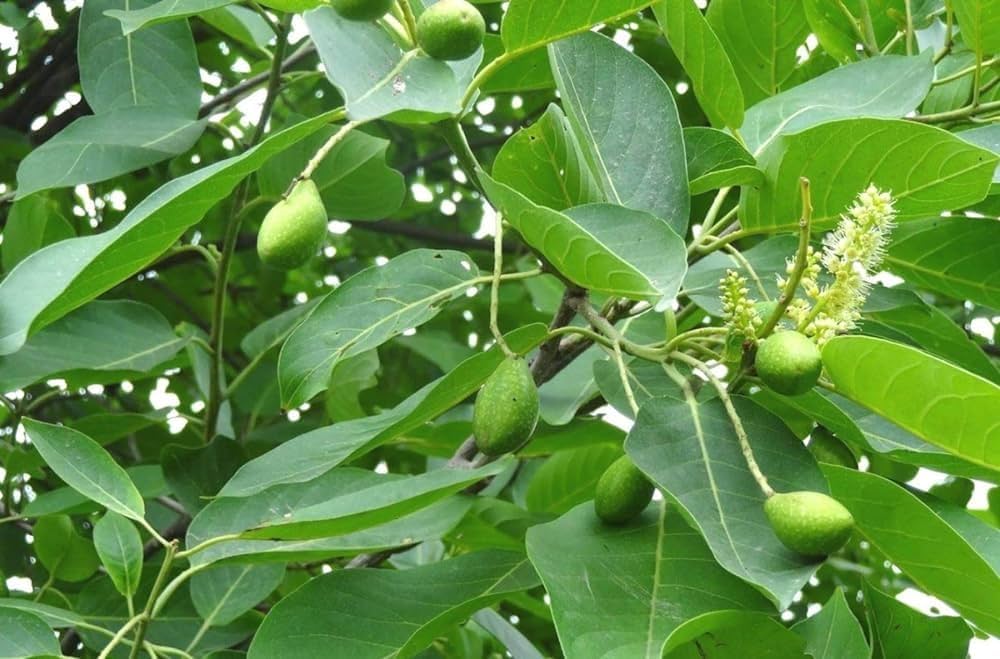Medicinal Plants Database
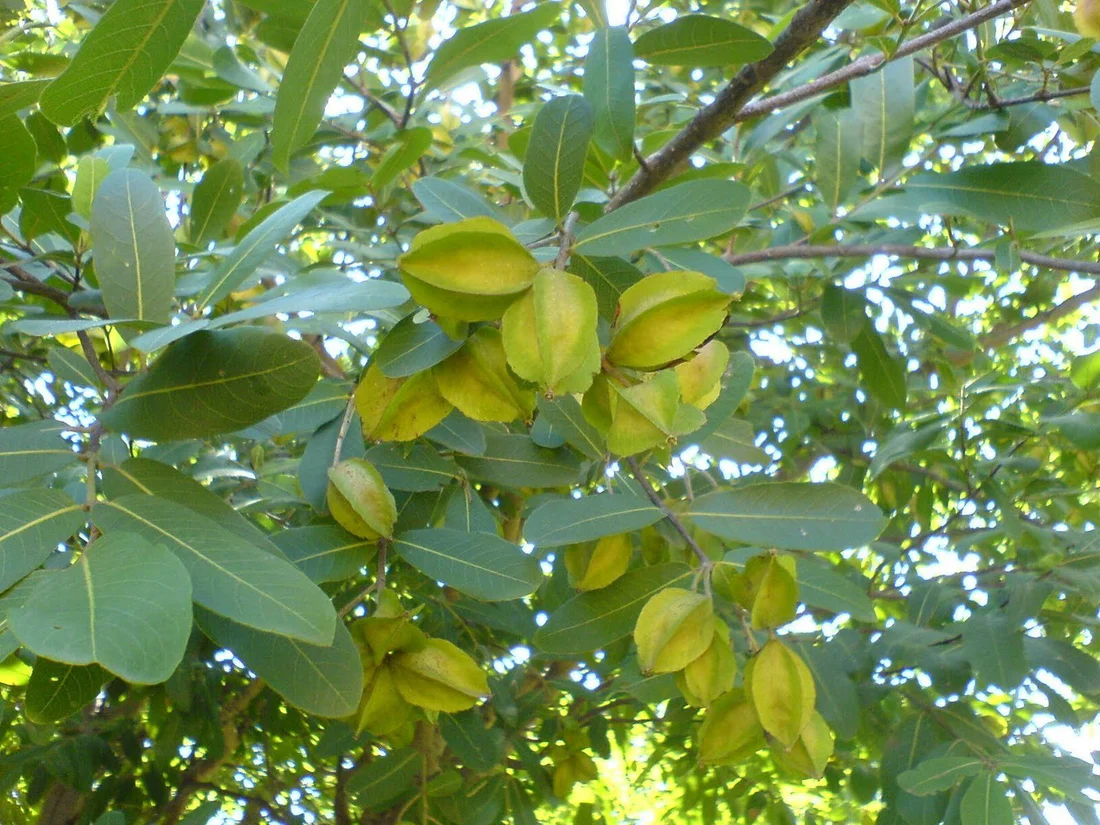
Haryana: A Hub of Medicinal Plant Diversity
Haryana, located in northern India, is known for its fertile plains and diverse ecosystems, which contribute to its rich biodiversity. The state is home to a variety of medicinal plants used in traditional Indian medicine, including Ayurveda, Siddha, and Unani systems. The state’s subtropical climate supports the growth of many herbs, shrubs, and trees with therapeutic properties. These plants are vital for treating various ailments and are used both by modern herbal medicine practitioners.
Medicinal Plant Diversity in Haryana
Haryana is home to around 300 species of medicinal plants, many of which are widely used in Ayurvedic formulations. Approximately 150 plant species cultivated in Haryana are extensively utilized in Indian traditional medicine systems. The Shivalik foothills in the north, and the Aravalli range, particularly in areas like Mewat and Mahendragarh, many rare and valuable medicinal plants. Some important species include:
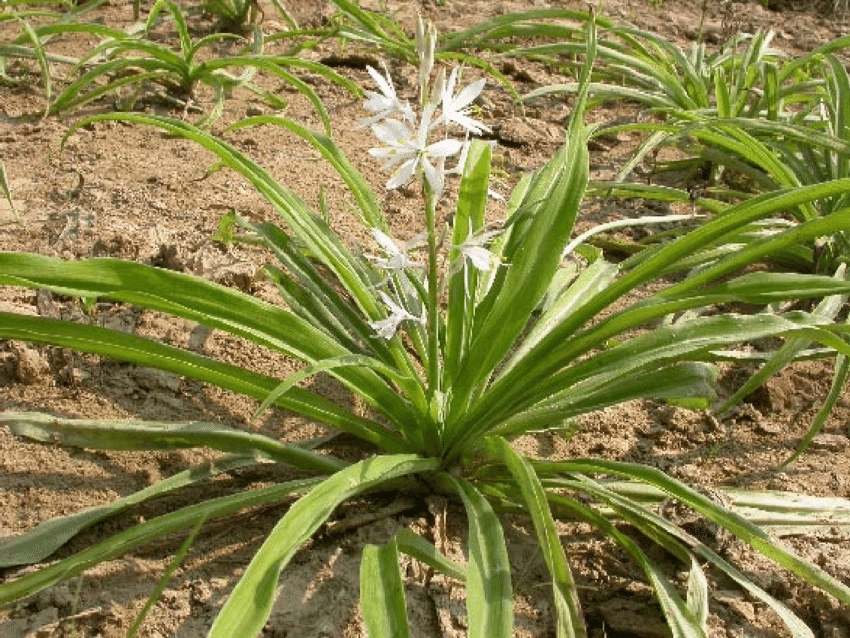
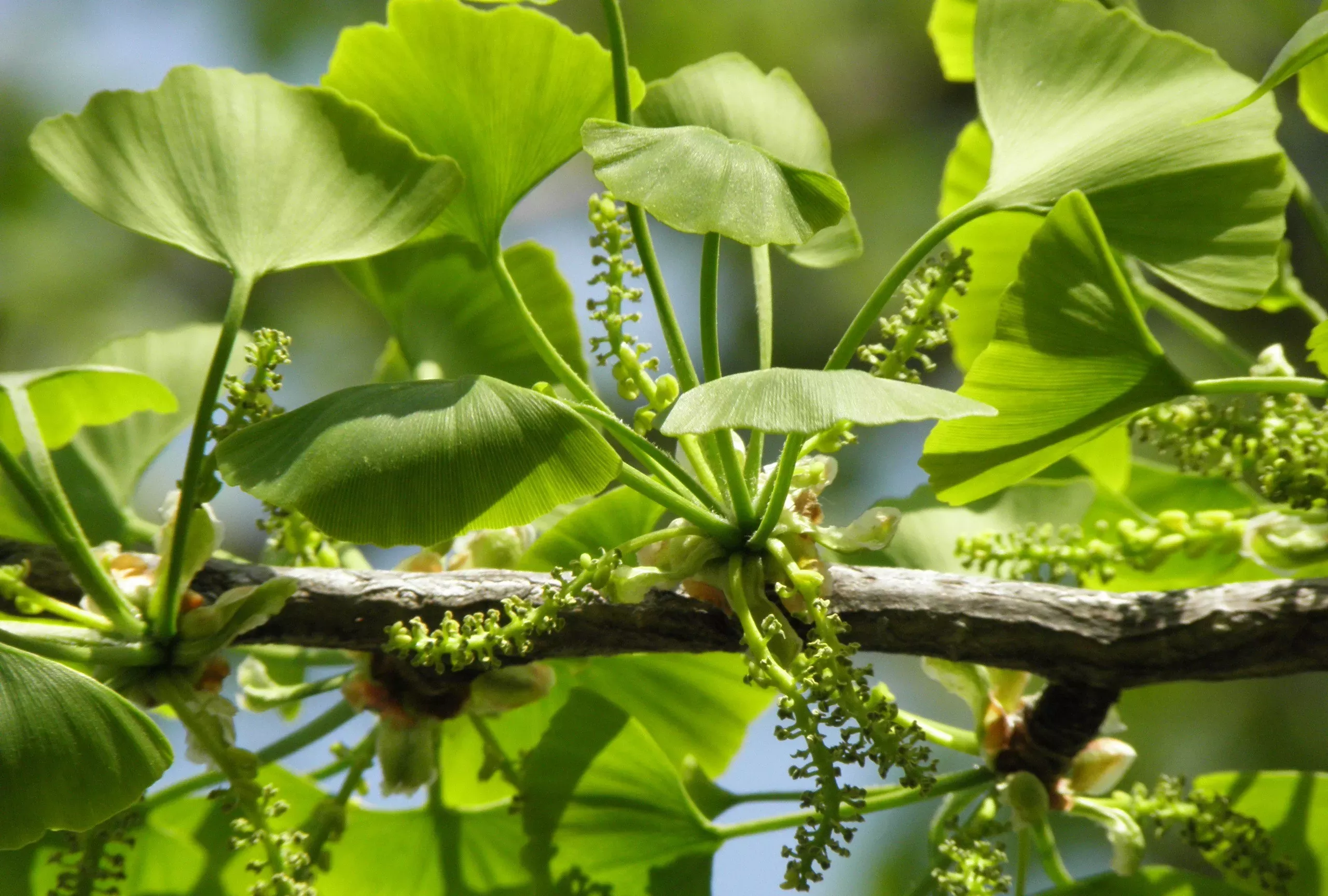
Medicinal Plant Cultivation in Haryana: Land under Use
In Haryana, approximately 2,600 hectares of land have been brought under cultivation for medicinal plants, including species like Alma, Aloe Vera, Stevia, and Tulsi. These efforts are supported by the Haryana State Medicinal Plants Board (SMPB) and the National Medicinal Plants Board (NMPB) under the AYUSH Ministry. Initiatives include promoting contract farming, providing subsidies, and establishing herbal parks across the state to encourage the cultivation of medicinal and aromatic plants.
Use of Medicinal Plants in Haryana
Medicinal plants cultivated in Haryana contribute to modern phytochemical formulations. Drugs for life-threatening diseases such as cancer, diabetes, and heart conditions are often derived from plant molecules.
For example:
Neem (Azadirachta indica): Used for its antifungal and antibacterial properties.
Arjun (Terminalia arjuna): Essential in cardiac treatments.
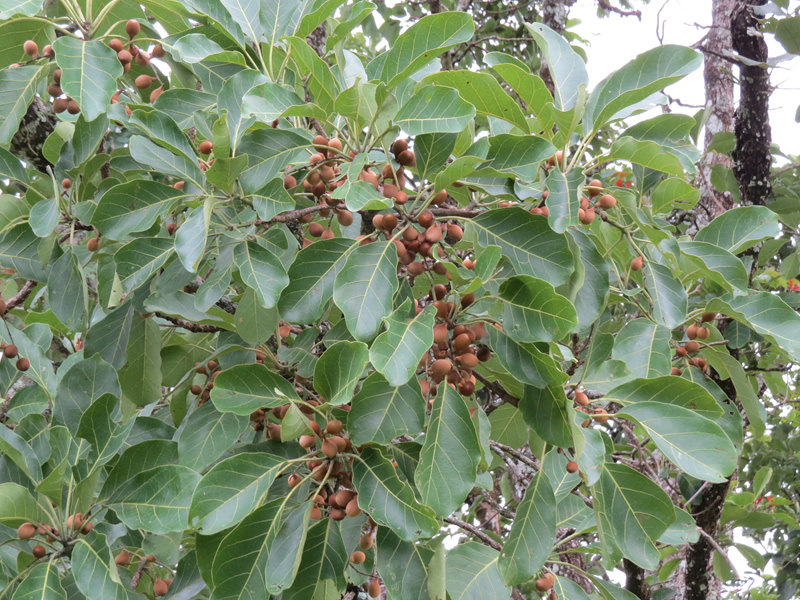
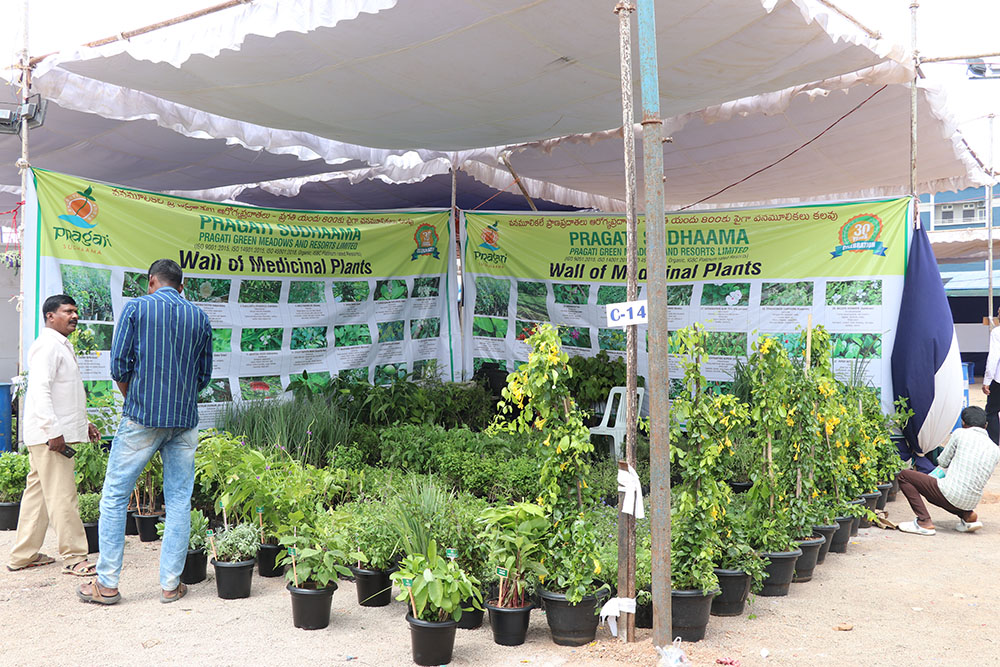
Medicinal Plant Cultivation by Farmers in Haryana
Medicinal plant cultivation in Haryana is gaining momentum as farmers increasingly recognize its economic and ecological benefits. With the global demand for herbal products rising, Haryana’s fertile plains and favorable climatic conditions offer an ideal environment for cultivating a variety of medicinal plants. Farmers in Haryana cultivate several medicinal plants that are in high demand for both traditional medicine systems and modern pharmaceutical industries.
Importance of Herbal Farming
Conservation and Sustainability
Meeting the Rising Demand
Protecting Genetic Diversity
Economic and Environmental Benefits
Supporting Traditional and Modern Medicine
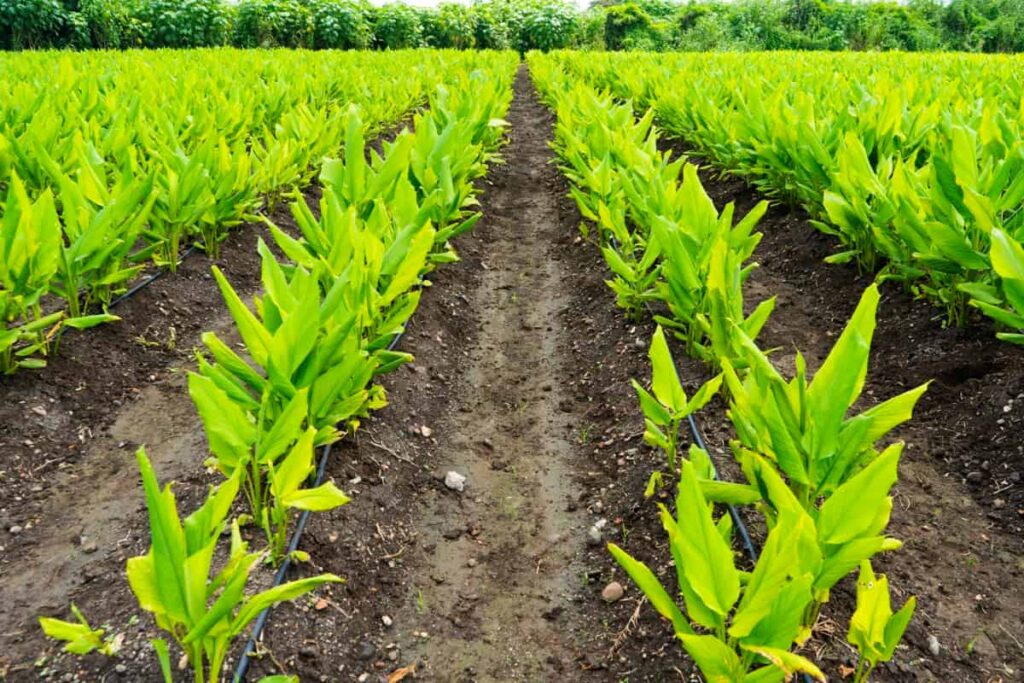
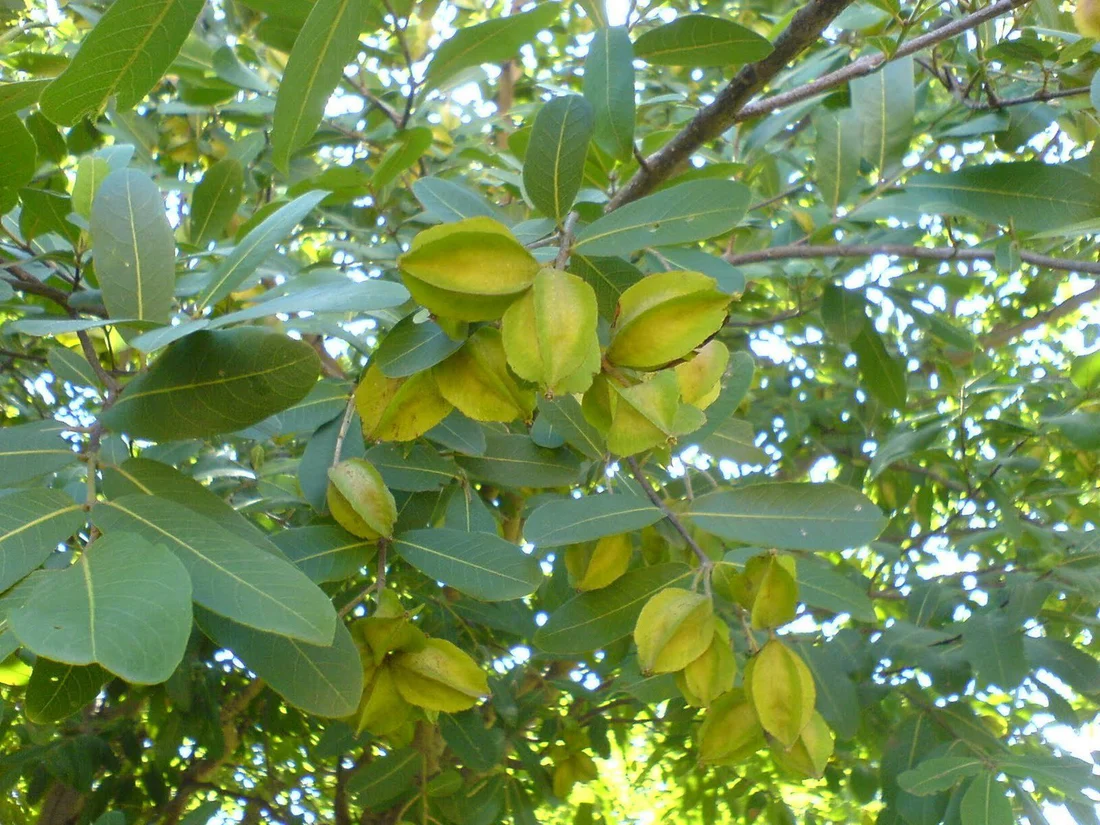
Advantages of Herbal Farming in Haryana
Cultivation of medicinal and aromatic plants offers benefits that can improve the livelihood of farmers while contributing to sustainable agriculture and economic growth. Here are the main advantage of herbal farming in Haryana.
Generation of Employment
Higher Net Returns
Utilization of Bye-products
Longer Shelf Life of End Products
Adaptability to Degrade or Marginal Lands
Farmer-Friendly and Eco-Friendly Technologies
Low Incidence of Pests and Diseases
Protection from Domestic Animals and Birds
Foreign Exchange Earnings through Exports
Importance of Harvesting Medicinal Plants at the Proper Time for Quality Assurance
Harvesting medicinal plants at the right time is critical for ensuring the quality and efficacy of the plant's medicinal properties. The timing of harvest plays a direct role in the concentration of active compounds, which are essential for the plant's therapeutic effects.
Reasons why harvesting at the correct time is crucial for quality assurance:
Preservation of Active Compounds
Maintaining Consistent Quality
Avoiding Deterioration and Degradation
Maximizing Yield and Minimizing Waste
Ensuring Safety and Effectiveness in Remedies
Optimizing Post-Harvest Processing
